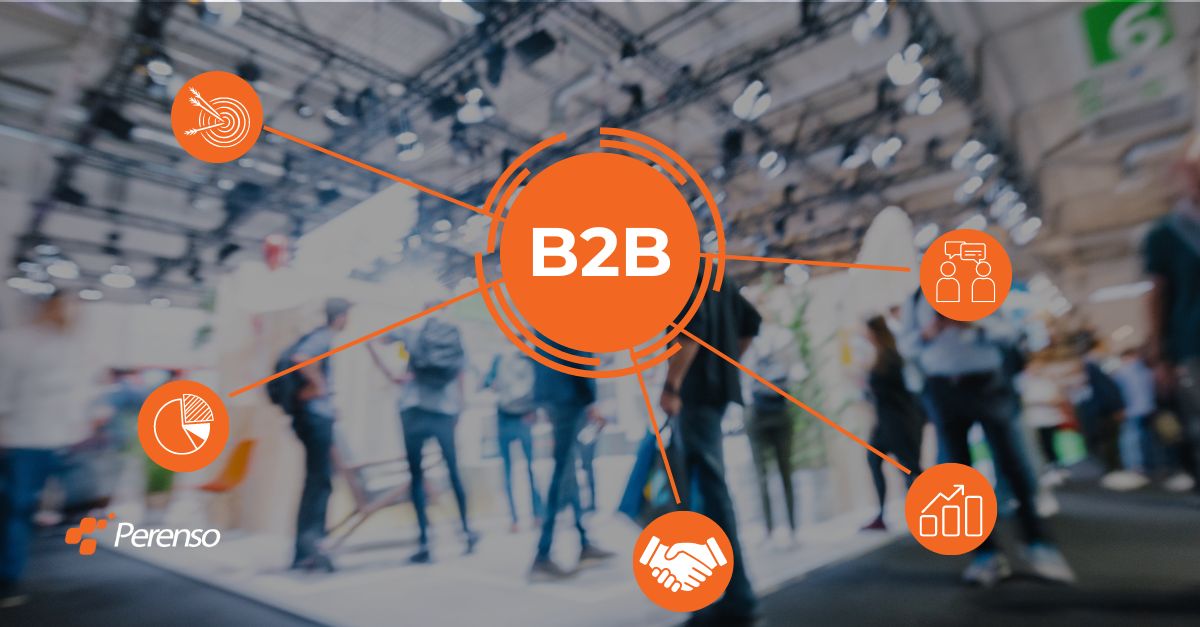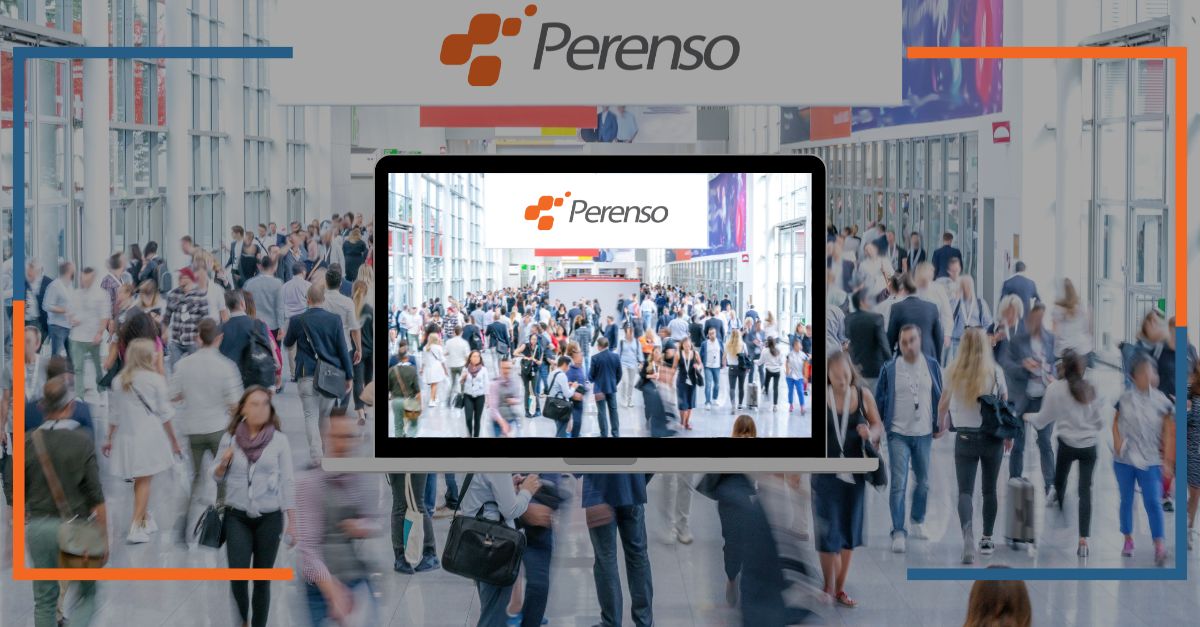Virtual events used to always take a back seat to in-person events. But ever since the pandemic, that paradigm has flipped. Even though in-person events are starting to make a comeback, there are still a lot of benefits you can get from going virtual. Online events allow you to reach a global audience while skipping the cost of booking a venue space. If you’re wondering how you can launch a successful virtual event, here are the steps you'll need to take to make it memorable and productive.
- Define the event focus
- Build a cohesive experience
- Provide engagement opportunities
- Event marketing and follow-up
1. Define the Event Focus and Goals
Planning a virtual event starts with looking back to the big picture and setting a goal for what you want the virtual event to accomplish. Using the SMART model for defining your event goal is a good place to start. Your event goal should be specific, measurable, attainable, relevant, and time-driven.
Once you've set a goal, you can determine who your target market is for the event. Much of this will be determined by your organization's customer base and which products you market. Think about the areas your target market is interested in and how they relate to your goal. That will guide you in developing a focus for your event.
2. Build a Cohesive Event Experience
The virtual event experience shares a lot of similarities with traditional in-person events. There are daily schedules; the staff is on-hand to provide direction and answer questions; attendees participate in discussion groups, view presentations, and walk the showroom floor. The main difference between virtual and in-person isn't what's in the event. It's how the event runs.
For virtual, presentations are live streamed or on-demand. Discussion rooms are hosted via multi-way chat. Staff is on-hand, but they answer attendee questions through online chat boxes. Even the showroom floor and vendor booths are present as a virtual space with vendor landing pages and digital product catalogs.
It takes a combination of robust event management software and creative branding to put it all together.
3. Provide Engagement Opportunities
Event attendees naturally crave human interaction and conversation even in the digital space. It's important for you to create ways for that to take place, especially in the form of digital showrooms and multi-way chat.
Digital showrooms and virtual lobbies replace physical spaces with an online platform. Vendors can customize a digital space with their own branding and provide an online product catalog where attendees can explore products and make purchases within the same platform.
Multi-way chat gives vendors the power to engage directly with attendees, answer questions and make recommendations. It also creates chat rooms where organizers can host Q&A sessions with presenters, and attendees can get together to network and discuss their takeaways from the presentations.
4. Event Marketing and Follow-up
Sure, it's important to engage with your attendees during a virtual event. But it's probably more important to engage with them before and after as well. You can't host a virtual event if you don't have any attendees. So pre-event marketing is vital. Set up an email and social media campaign to attract attendees, give them event updates, and send reminders. And when the event is over, send a follow-up email to everyone who attended.
The Tools You’ll Need
We mentioned earlier that robust event management software is needed for a successful event. Now we’ll cover some of the capabilities that software needs to have, whether it’s composed of multiple standalone programs or a single, integrated software solution:
-
Event Registration Software:
You'll need software for building event websites, registration forms, and online check-ins.
-
Support for Content & Lead Collection:
It’s important to have software that captures key information from your exhibitors and attendees. It should also have analytics and the ability to run reports.
-
Product Catalog & Ordering:
This includes content management features for your exhibitors to provide sell sheets, virtual demos, product images, and more.
-
Customizable Digital Showroom:
A virtual lobby gives your event the look and feel of an in-person event. It's a digital space to flip through product catalogs, watch online product demos, and purchase orders.
-
Live and On-Demand Webinar Streaming Capability:
You’ll need to be able to record and stream live videos of presentations for your event. Having the videos available on-demand is essential for attendees in different time zones.
-
Integrated Multi-Way Chat:
Private messages, Q&A sessions, and breakout rooms are important for creating space between presentations and avoiding webinar fatigue.
With a robust trade show software solution, you’ll have the tools you need to plan and execute a successful virtual event.
See what Perenso's event management software can do for you.
You May Also Like
These Related Stories

How to Avoid Virtual Event Fatigue

Everything You Need to Know About B2B Events



